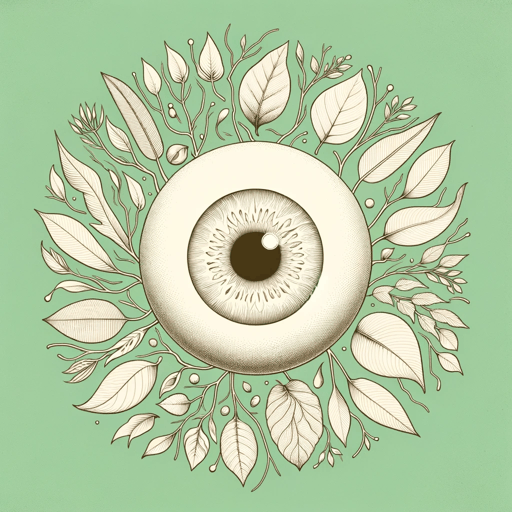48 pages • 1 hour read
Ralph Waldo EmersonNature
Nonfiction | Essay / Speech | Adult | Published in 1836A modern alternative to SparkNotes and CliffsNotes, SuperSummary offers high-quality Study Guides with detailed chapter summaries and analysis of major themes, characters, and more. For select classroom titles, we also provide Teaching Guides with discussion and quiz questions to prompt student engagement.
Literary Devices
Personification
Nature is personified as a feminine presence in Emerson’s essay. This portrayal fits in with the classical tradition of applying the pronoun “she” to nature, in addition to the fact that nature is gendered feminine in the romance languages of classical texts. Fecund nature, which was full of material forms, was regarded as the feminine opposite to God and the intellect. Emerson employs maternal allusions to his discussion of this source of bounty, as he describes a “child’s love” for his “beautiful mother.” The love of a child for his mother is instinctive, complete, and irrational. He views her through a rose-tinted, potentially distorted lens. Just as 19th-century education separated boys from their mothers to encourage them to disidentify with the feminine sphere and become more manly, Emerson wants to gain enough distance from the surface sensorial characteristics of nature to enter the more masculine realm of its intellectual and spiritual significance.
Metaphor
Emerson’s text abounds in similes and metaphors, which use comparisons to distance the reader enough from everyday phenomena to see them anew. For example, Emerson uses metaphor to support his argument that the present age deserves its own philosophy when he questions why “we grope among the dry bones of the past, or put the living generation into masquerade out of its faded wardrobe” when “the sun shines to-day also” (15).
Related Titles
By Ralph Waldo Emerson
Featured Collections
American Literature
View Collection
Beauty
View Collection
Books & Literature
View Collection
Essays & Speeches
View Collection
Philosophy, Logic, & Ethics
View Collection
Required Reading Lists
View Collection
School Book List Titles
View Collection
Science & Nature
View Collection
Transcendentalism
View Collection




